
Spark your thinking!
1. Set up your language arts mini spark recording page: #62: Literary Device Lesson-Simile
2. What is a simile? Write the official definition of a simile on your recording page
a simile is a noun that means: “a figure of speech involving the comparison of one thing with another thing of a different kind, used to make a description more emphatic or vivid.”
3. Watch this word girl video. Record 3 similes that you hear.
4. Come up with a funny scenario for each simile and write it on your recording page.
Example: as sly as a fox-Hillary was as sly as a fox as she to gingerly placed the fruit bat into her backpack.
- Easy as ABC
- Like two peas in a pod
- Straight as an arrow
- Wise as an owl
5. Watch and listen to the book, “My Dog Is As Smelly As Dirty Socks”. Write about your favorite page on your recording page.
6. Write a “Simile Me”.
- First, jot down five words you would use to describe yourself.
- Use your five words and make comparisons to something else, writing your own version of a “Simile Me”
Here is my example:
1 – busy
2 – creative
3 – hardworking
4 – happy
5 – sleepy
I’m as busy as a timer,
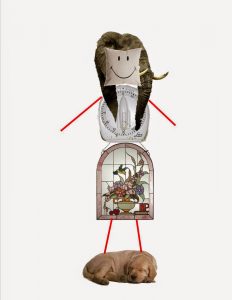
As creative as a stained glass window,
As hardworking as an elephant,
As happy as a well-loved dog,
And as sleepy as a pillow.
7. Use an app of your choice to create a fun illustration/visual of your “Simile Me”
8. Share your language arts mini spark recording page and your final project with your teacher/EY coordinator.
 Have you ever thought about the journey a raindrop takes? This mini spark shows you that path through the United States that a raindrop will follow to get to the sea.
Have you ever thought about the journey a raindrop takes? This mini spark shows you that path through the United States that a raindrop will follow to get to the sea. Choose a location to drop your raindrop, look at the data in the top right corner, and record all of the waterways and the distances on your recording sheet.
Choose a location to drop your raindrop, look at the data in the top right corner, and record all of the waterways and the distances on your recording sheet.




 Even if a picture is worth a thousand words, it still needs a caption. Captions are easy to write if you begin with the basics.
Even if a picture is worth a thousand words, it still needs a caption. Captions are easy to write if you begin with the basics.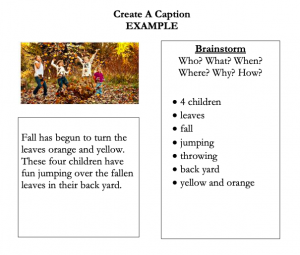
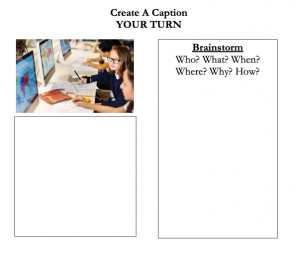
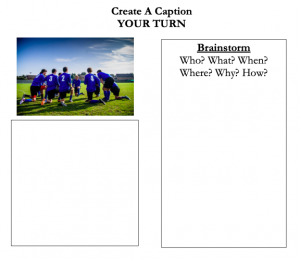

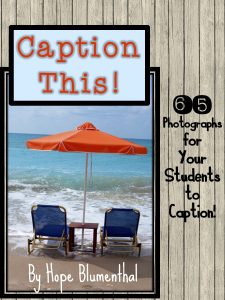


 Is it possible to make a complete sentence using just one word over and over? Complete this mini spark to find out.
Is it possible to make a complete sentence using just one word over and over? Complete this mini spark to find out.


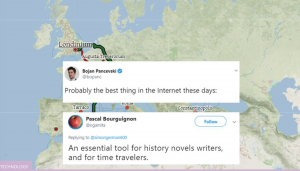 Source:
Source: 

